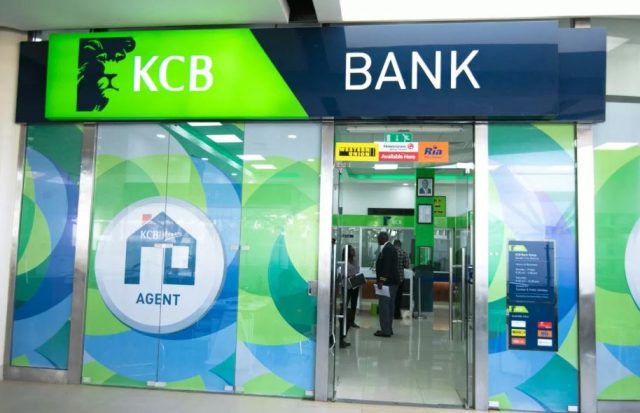
MSMEs in Kenya top the list of revenue contributors to the Banking Industry through borrowed loans, because they make a majority. In a CBK Bank Supervision 2018 Report, more banks and microfinance banks are now offering MSME differentiated products and services from those for their retail and corporate clients signaling the change of business model by the institutions.
These innovative products range from business-specific accounts and digital banking systems with attractive features. In addition, they offer other value-addition services such as membership to business clubs and networking
opportunities, that have contributed to the increase of the MSMEs loan portfolio from Ksh.332 billion in 2013 to Ksh.393 billion in 2018.
However, according to the report, MSMEs generated revenues worth Ksh.58.3 billion for the banking industry, representing 15.5 percent of the total income generated by the banking industry, a decrease from 2017 when MSMEs registered revenues worth Ksh.74.1 billion for the banking industry representing 20.7 percent of the total income. Despite an increase in the absolute amount lent to MSMEs by commercial banks, Microfinance Institutions, and mortgage finance companies, a clear indicator of a reduced credit risk appetite by commercial banks towards MSMEs.
For most MSMEs, short-term credit facilities continued to be the most popular financing option for MSMEs as per the report. Overdrafts were the most preferred financing option for those within commercial banks, while term loans with a maturity of not more than 24 months were the most common financing tool for those within microfinance banks.
Future projections reveal that the banking sector is poised to witness significant developments in the coming
years. While MSMEs remain largely relevant in the economy of our country, the market-driven reorganizations (mergers and acquisitions) experienced in 2018 expected to continue on 2019 with some banks and the continued introduction of disruptive financial technologies will result in banks reviewing their business models and delivery channels to tap more from their numbers and remain competitive.



